Home>Furniture & Design>Bathroom Accessories>What Is The Best Toothbrush For Gum Disease


Bathroom Accessories
What Is The Best Toothbrush For Gum Disease
Modified: March 24, 2024
Discover the best toothbrush for gum disease and improve your oral health with our selection of bathroom accessories. Find the perfect tool to combat gum disease today!
(Many of the links in this article redirect to a specific reviewed product. Your purchase of these products through affiliate links helps to generate commission for Storables.com, at no extra cost. Learn more)
Introduction
Gum disease, also known as periodontal disease, is a common and potentially serious condition that affects the tissues surrounding the teeth. It is characterized by inflammation and infection of the gums, which can lead to gum recession, tooth loss, and even systemic health issues if left untreated. One of the key components of managing and preventing gum disease is maintaining good oral hygiene, and choosing the right toothbrush is crucial in this regard.
The type of toothbrush you use can significantly impact your oral health, especially if you are dealing with gum disease. With a plethora of options available in the market, it can be overwhelming to determine the best toothbrush for addressing gum disease. However, understanding the specific characteristics and features that make a toothbrush effective for this purpose is essential for making an informed decision.
In this comprehensive guide, we will delve into the nuances of gum disease and the importance of selecting the right toothbrush to manage and prevent its progression. We will explore the key characteristics that define the best toothbrush for gum disease, as well as the different types of toothbrushes tailored to address specific oral health needs. Additionally, we will provide practical tips for choosing the most suitable toothbrush to support your oral hygiene routine and promote gum health.
By the end of this article, you will have a deeper understanding of the role that a toothbrush plays in managing gum disease and be equipped with the knowledge to make an informed choice when selecting the best toothbrush for your oral health needs. Let's embark on this enlightening journey to uncover the secrets of optimal oral hygiene and gum disease management.
Key Takeaways:
- The right toothbrush is crucial for managing gum disease. Look for soft bristles, gentle cleaning action, and a compact head to support gum health and prevent further irritation.
- Consult with dental professionals and prioritize soft bristles and handle design when choosing a toothbrush for gum disease. Consider electric toothbrush options for advanced cleaning.
Understanding Gum Disease
Gum disease, also known as periodontal disease, is a prevalent oral health condition that affects the tissues surrounding the teeth. It typically begins with the accumulation of plaque, a sticky film of bacteria, on the teeth and along the gumline. When plaque is not effectively removed through proper oral hygiene practices such as brushing and flossing, it can harden into tartar, leading to irritation and inflammation of the gums. This initial stage of gum disease is known as gingivitis.
If left untreated, gingivitis can progress to a more severe form of gum disease called periodontitis. In periodontitis, the gums begin to pull away from the teeth, forming pockets that can become infected. As the body's immune system responds to the bacterial toxins, it can lead to the breakdown of the bone and connective tissue that hold the teeth in place. Over time, this can result in tooth loss and potentially contribute to systemic health issues such as heart disease and diabetes.
Common signs and symptoms of gum disease include red, swollen, or bleeding gums, persistent bad breath, receding gums, loose teeth, and changes in the way the teeth fit together when biting. It is important to be mindful of these indicators and seek prompt dental care if any of these symptoms are present.
Several risk factors can contribute to the development and progression of gum disease, including poor oral hygiene, smoking, hormonal changes, diabetes, certain medications, genetic predisposition, and underlying health conditions that compromise the immune system.
Understanding the impact of gum disease on oral health is crucial for taking proactive measures to prevent its onset and progression. By prioritizing regular dental check-ups, practicing thorough oral hygiene, and making informed choices regarding oral care products such as toothbrushes, individuals can play a proactive role in safeguarding their gum health and overall well-being.
Importance of Using the Right Toothbrush
The significance of using the right toothbrush cannot be overstated, especially when it comes to managing gum disease. A toothbrush serves as a primary tool for maintaining oral hygiene and combating the detrimental effects of plaque and bacteria that contribute to gum disease. Selecting a toothbrush specifically tailored to address the needs of individuals with gum disease is paramount for several reasons.
First and foremost, the right toothbrush can effectively remove plaque and debris from the teeth and along the gumline, helping to prevent the accumulation of harmful bacteria that can exacerbate gum disease. Proper plaque removal is essential for reducing inflammation and minimizing the risk of gum infection, thereby supporting the overall health of the gums.
Furthermore, a toothbrush designed for gum disease can offer gentle yet thorough cleaning, catering to the sensitivity and vulnerability of inflamed or receding gums. The bristles of such toothbrushes are often softer and more flexible, reducing the likelihood of causing further irritation or damage to the delicate gum tissues. This gentle approach is crucial for individuals with gum disease, as aggressive brushing with a standard toothbrush can potentially worsen the condition and lead to increased gum recession.
In addition, the right toothbrush can facilitate access to hard-to-reach areas, such as the spaces between teeth and along the gumline, where plaque and bacteria tend to accumulate. This is particularly beneficial for individuals with gum disease, as thorough cleaning of these areas is essential for preventing the progression of the condition and maintaining optimal oral health.
Moreover, using a toothbrush specifically designed for gum disease can contribute to a more comfortable and effective brushing experience, encouraging individuals to adhere to a consistent oral hygiene routine. This is crucial for long-term gum disease management, as regular and thorough brushing plays a pivotal role in preventing the exacerbation of the condition and supporting the effectiveness of professional dental treatments.
By recognizing the importance of using the right toothbrush for gum disease, individuals can proactively support their oral health and contribute to the management and prevention of this prevalent oral health concern. Making an informed choice when selecting a toothbrush tailored to address the specific needs associated with gum disease can significantly impact the effectiveness of oral hygiene practices and promote the overall well-being of the gums and teeth.
Characteristics of the Best Toothbrush for Gum Disease
The best toothbrush for gum disease possesses specific characteristics that are tailored to address the unique oral health needs of individuals dealing with this condition. Understanding these defining features is essential for making an informed choice when selecting a toothbrush that can effectively support gum disease management and promote optimal oral hygiene.
-
Soft Bristles: The bristles of the best toothbrush for gum disease are soft and gentle, designed to provide thorough cleaning without causing further irritation to inflamed or receding gums. Soft bristles are crucial for minimizing the risk of aggravating the condition and preventing additional gum recession, making them ideal for individuals with gum disease.
-
Gentle Cleaning Action: An effective toothbrush for gum disease features a gentle cleaning action that caters to the sensitivity of inflamed gums. This ensures that the teeth and gums are thoroughly cleaned without causing discomfort or damage to the delicate gum tissues, supporting the overall health and comfort of individuals dealing with gum disease.
-
Compact Head: The best toothbrush for gum disease often has a compact head, allowing for better maneuverability and access to hard-to-reach areas, such as the spaces between teeth and along the gumline. This characteristic facilitates thorough plaque removal in areas where bacteria tend to accumulate, contributing to the prevention of gum disease progression.
-
Angled Bristles: Toothbrushes designed for gum disease may feature angled bristles that enable effective cleaning along the gumline and between teeth. This design enhances the ability of the toothbrush to reach and clean areas that are susceptible to plaque buildup, supporting the management and prevention of gum disease.
-
Non-Slip Grip: A non-slip grip is a valuable characteristic of the best toothbrush for gum disease, as it enhances handling and control during brushing. This feature is particularly beneficial for individuals with gum disease, as it promotes a comfortable and secure grip, facilitating thorough and effective brushing without causing unnecessary strain or discomfort.
-
Flexible Neck: Toothbrushes tailored for gum disease often incorporate a flexible neck, allowing for gentle and precise cleaning around the gumline and other hard-to-reach areas. The flexibility of the neck enhances the adaptability of the toothbrush, enabling it to conform to the contours of the teeth and gums for comprehensive plaque removal.
-
Compatibility with Electric Toothbrush Heads: For individuals who prefer electric toothbrushes, the best option for gum disease management is one that offers compatibility with specialized brush heads designed specifically for addressing gum health. These brush heads may feature advanced cleaning technologies and gentle bristle configurations to cater to the needs of individuals with gum disease.
By considering these key characteristics, individuals can make an informed choice when selecting the best toothbrush for gum disease, ensuring that their oral hygiene routine is optimized to support gum health and contribute to the effective management of this prevalent oral health concern.
Look for a toothbrush with soft bristles and a small head to effectively clean around the gum line without causing irritation. Electric toothbrushes with pressure sensors can also help prevent further damage to the gums.
Types of Toothbrushes for Gum Disease
When it comes to addressing the specific oral health needs of individuals with gum disease, various types of toothbrushes are available to cater to diverse preferences and requirements. Understanding the distinct characteristics and benefits of each type is essential for making an informed choice that aligns with the management and prevention of gum disease.
-
Manual Toothbrushes: Traditional manual toothbrushes remain a popular choice for individuals seeking a cost-effective and straightforward option for managing gum disease. Manual toothbrushes designed for gum disease often feature soft bristles and compact heads, offering gentle yet effective cleaning to support gum health. These toothbrushes are available in a wide range of bristle configurations and handle designs, allowing individuals to select a model that best suits their comfort and brushing style.
-
Electric Toothbrushes: Electric toothbrushes have gained prominence for their advanced cleaning technologies and convenience. For individuals with gum disease, electric toothbrushes equipped with specialized brush heads tailored to address gum health can offer significant benefits. These brush heads often feature gentle bristle configurations, advanced cleaning modes, and pressure sensors to ensure thorough yet gentle cleaning, making them an appealing option for individuals seeking a more tailored approach to managing gum disease.
-
Sonic Toothbrushes: Sonic toothbrushes utilize high-frequency vibrations to dislodge plaque and debris from the teeth and along the gumline. The rapid movement of the bristles creates a dynamic cleaning action that can effectively contribute to plaque removal and gum health. Sonic toothbrushes may appeal to individuals with gum disease who prefer a technology-driven approach to oral hygiene and seek a comprehensive cleaning experience.
-
Rotating-Oscillating Toothbrushes: These electric toothbrushes feature small, round brush heads that oscillate and rotate to provide thorough cleaning. The rotating-oscillating action can be particularly beneficial for individuals with gum disease, as it facilitates precise plaque removal and supports gum health. The oscillating motion of the brush head can reach areas that are challenging to clean with a manual toothbrush, making it a compelling option for individuals seeking enhanced cleaning efficacy.
-
Interdental Brushes: Interdental brushes, also known as proxy brushes, are designed to clean the spaces between teeth and along the gumline. These small, cone-shaped brushes can be beneficial for individuals with gum disease, as they enable targeted cleaning in areas where traditional toothbrushes may have difficulty reaching. Interdental brushes complement regular toothbrushing and flossing, providing an additional tool for maintaining optimal oral hygiene and supporting gum health.
By exploring the diverse types of toothbrushes available for gum disease management, individuals can identify the option that best aligns with their preferences, oral health needs, and the recommendations of their dental care providers. Selecting a toothbrush that effectively supports gum health is a proactive step toward managing and preventing the progression of gum disease, contributing to overall oral well-being.
Tips for Choosing the Best Toothbrush
When it comes to selecting the best toothbrush for managing gum disease, several considerations can guide individuals toward making an informed and beneficial choice. By taking these tips into account, individuals can optimize their oral hygiene routine and effectively support gum health.
-
Consult with a Dental Professional: Seeking guidance from a dental professional is a crucial first step in choosing the best toothbrush for gum disease. Dentists and dental hygienists can provide personalized recommendations based on an individual's specific oral health needs, including the severity of gum disease, gum sensitivity, and any existing dental work.
-
Opt for Soft Bristles: Soft-bristled toothbrushes are generally recommended for individuals with gum disease, as they offer gentle yet effective cleaning without causing further irritation to inflamed gums. Choosing a toothbrush with soft, rounded bristles can help prevent damage to the delicate gum tissues while effectively removing plaque and debris.
-
Consider a Compact Head: Toothbrushes with compact heads are advantageous for individuals with gum disease, as they facilitate better maneuverability and access to hard-to-reach areas, such as the spaces between teeth and along the gumline. This characteristic enables thorough plaque removal in areas where bacteria tend to accumulate, supporting gum health.
-
Evaluate Handle Design: The design of the toothbrush handle plays a significant role in ensuring comfortable and effective brushing. Selecting a toothbrush with a non-slip grip can enhance handling and control, promoting a secure grip during brushing. Additionally, assessing the ergonomics of the handle can contribute to a more comfortable brushing experience, encouraging consistent oral hygiene practices.
-
Explore Electric Toothbrush Options: Electric toothbrushes equipped with specialized brush heads tailored for gum health can offer advanced cleaning technologies and gentle cleaning modes. Individuals with gum disease may benefit from the enhanced cleaning efficacy and convenience provided by electric toothbrushes, particularly those designed to address the specific needs associated with gum disease.
-
Prioritize Compatibility with Interdental Cleaning: Considering the compatibility of the toothbrush with interdental cleaning tools, such as interdental brushes or floss, is essential for comprehensive plaque removal. A toothbrush that complements interdental cleaning can contribute to a more thorough oral hygiene routine, addressing the unique cleaning requirements associated with gum disease.
-
Assess Personal Comfort and Preference: Ultimately, choosing the best toothbrush for gum disease involves assessing personal comfort and preference. Individuals should select a toothbrush that aligns with their brushing style, oral health needs, and any specific recommendations provided by their dental care providers.
By incorporating these tips into the decision-making process, individuals can confidently select a toothbrush that effectively supports gum health and contributes to the management and prevention of gum disease. Making an informed choice regarding the best toothbrush for gum disease is a proactive step toward optimizing oral hygiene and promoting overall oral well-being.
Conclusion
In conclusion, the selection of the right toothbrush is paramount in the effective management and prevention of gum disease. The intricate relationship between oral hygiene and gum health underscores the significance of choosing a toothbrush that caters to the specific needs of individuals dealing with this prevalent oral health concern. By understanding the characteristics that define the best toothbrush for gum disease and exploring the diverse types of toothbrushes available, individuals can make informed decisions that align with their oral health requirements and contribute to the overall well-being of their gums and teeth.
The best toothbrush for gum disease exhibits key characteristics such as soft bristles, gentle cleaning action, a compact head, angled bristles, a non-slip grip, a flexible neck, and compatibility with electric toothbrush heads. These features are tailored to provide thorough yet gentle cleaning, support gum health, and enhance the overall brushing experience for individuals with gum disease. Whether opting for a manual toothbrush, an electric toothbrush, a sonic toothbrush, a rotating-oscillating toothbrush, or interdental brushes, individuals have a range of options to choose from, each offering unique benefits that cater to diverse preferences and oral health needs.
Furthermore, practical tips for choosing the best toothbrush, including consulting with dental professionals, prioritizing soft bristles, evaluating handle design, exploring electric toothbrush options, and assessing personal comfort and preference, serve as valuable guidelines for individuals seeking to optimize their oral hygiene routine and effectively manage gum disease. By incorporating these tips into the decision-making process, individuals can confidently select a toothbrush that effectively supports gum health and contributes to the management and prevention of gum disease.
Ultimately, the journey to uncovering the secrets of optimal oral hygiene and gum disease management culminates in the recognition of the pivotal role that a toothbrush plays in safeguarding gum health. By prioritizing the selection of the best toothbrush for gum disease, individuals can proactively support their oral health, contribute to the effective management of this prevalent oral health concern, and embark on a path toward maintaining healthy gums and a radiant smile for years to come.
Frequently Asked Questions about What Is The Best Toothbrush For Gum Disease
Was this page helpful?
At Storables.com, we guarantee accurate and reliable information. Our content, validated by Expert Board Contributors, is crafted following stringent Editorial Policies. We're committed to providing you with well-researched, expert-backed insights for all your informational needs.

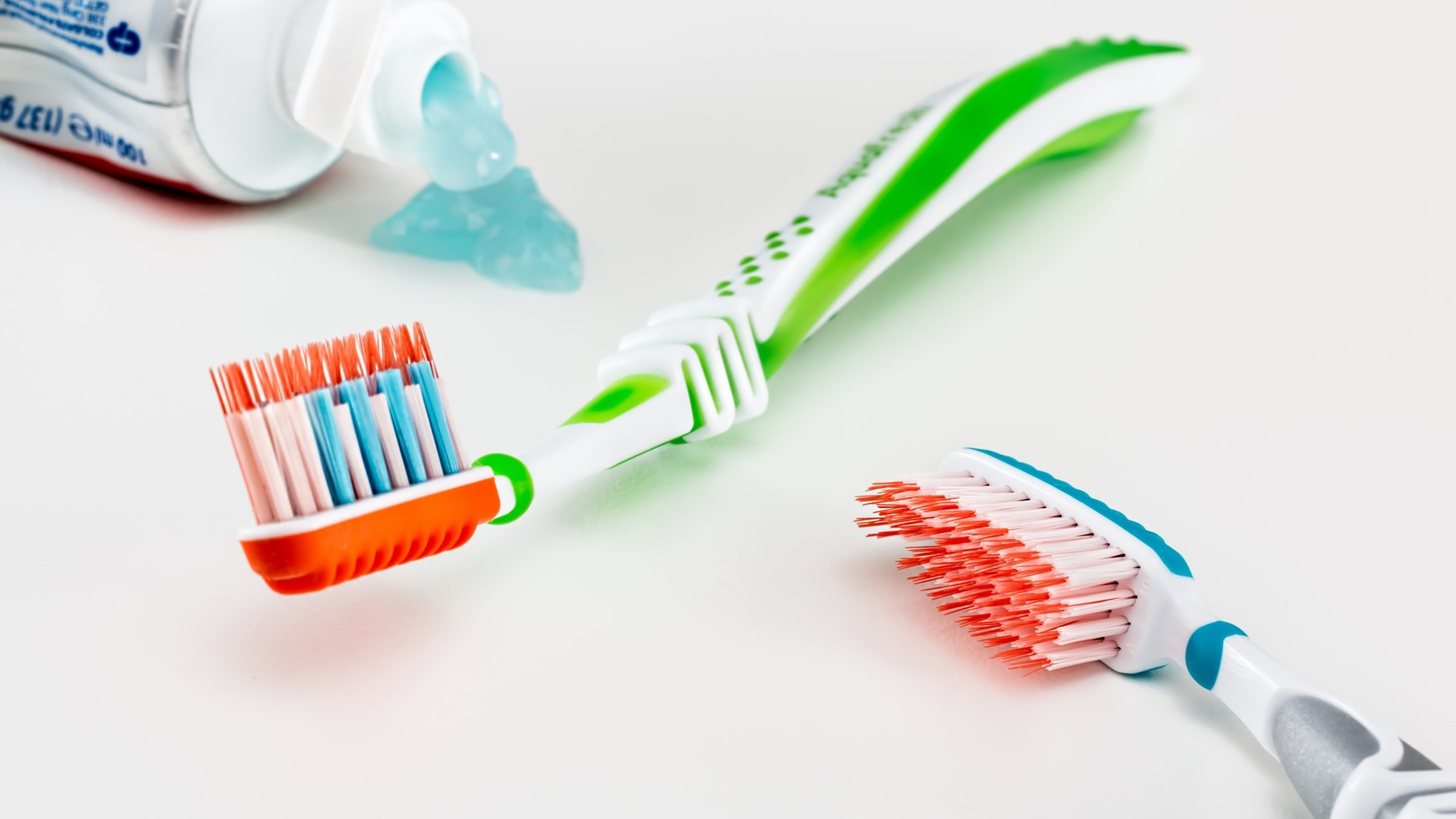
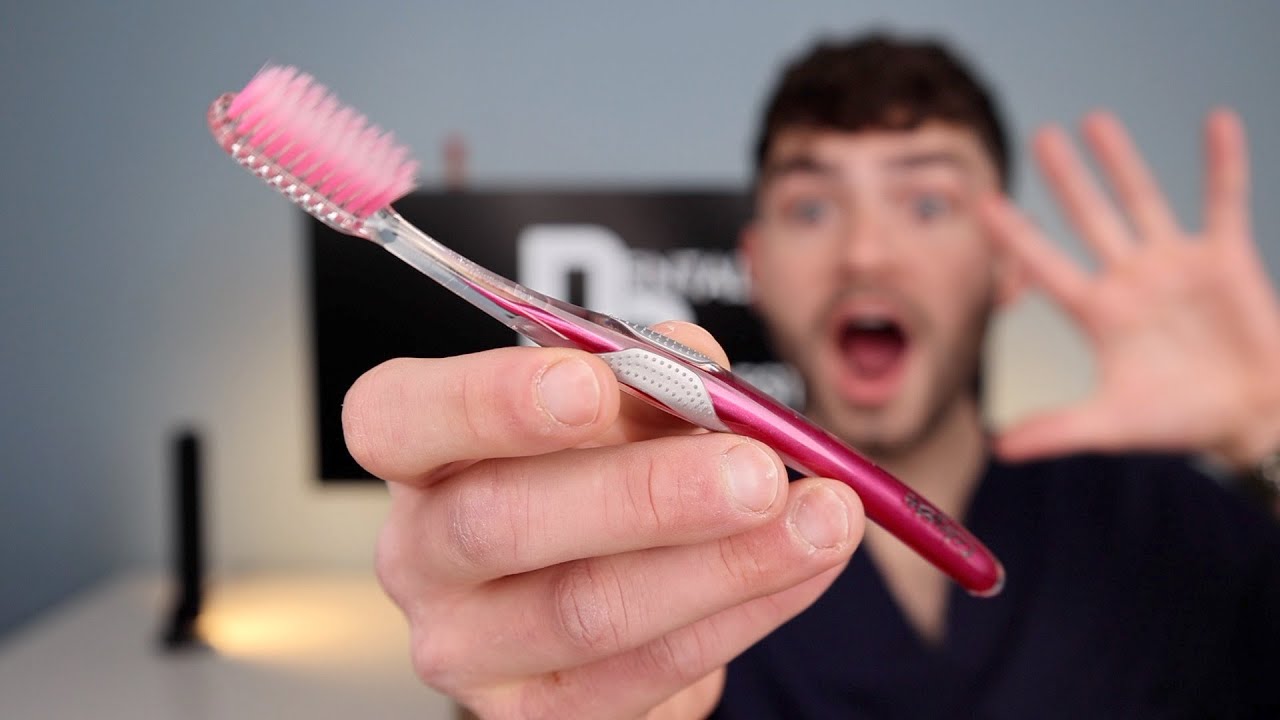
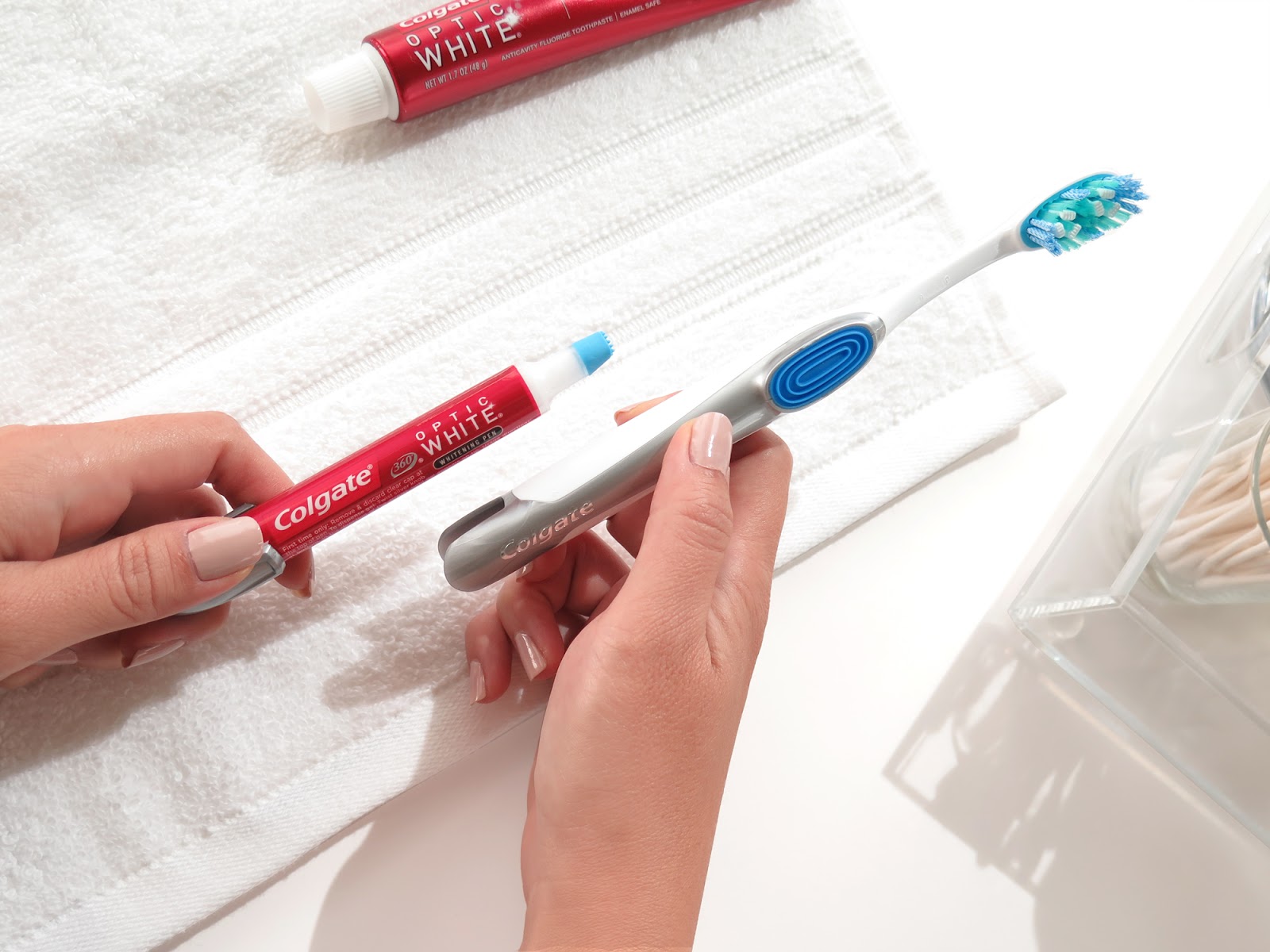
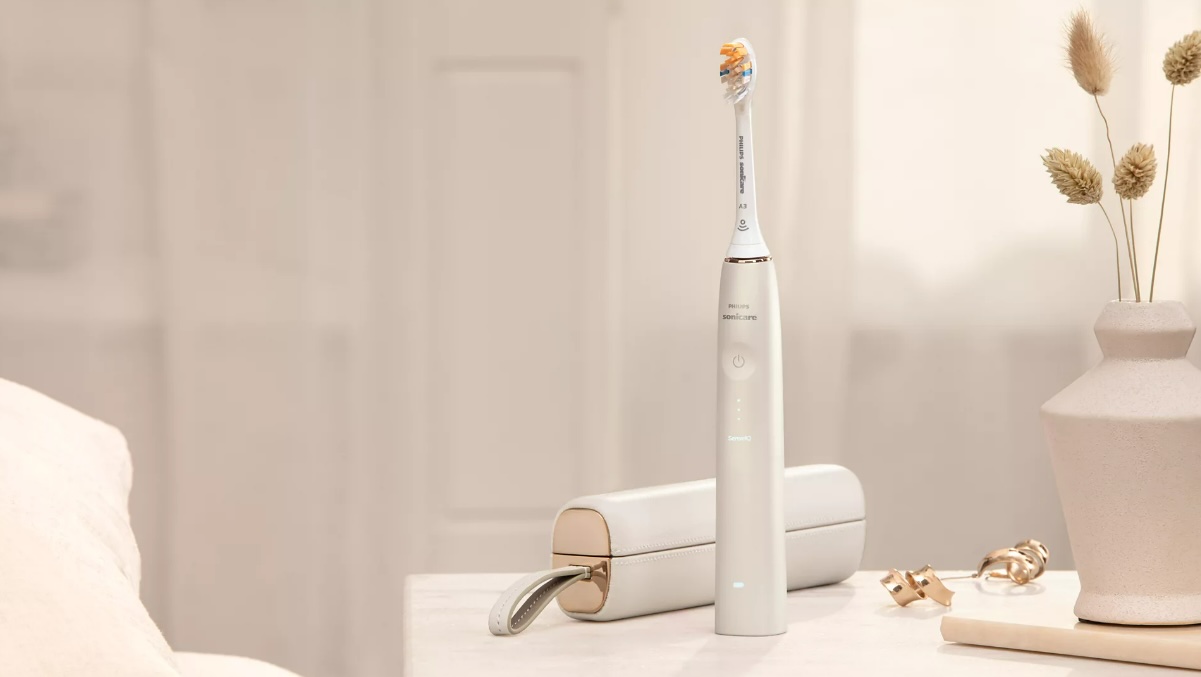
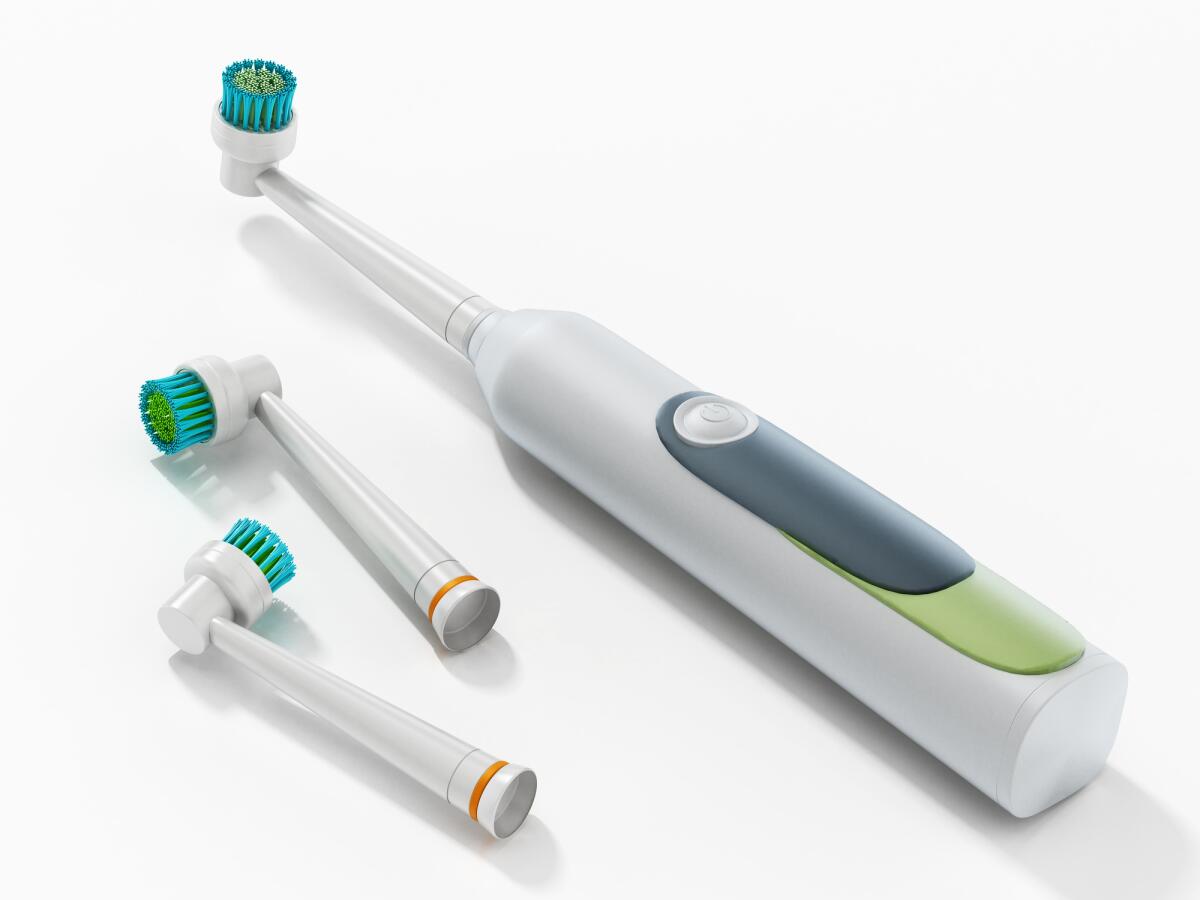
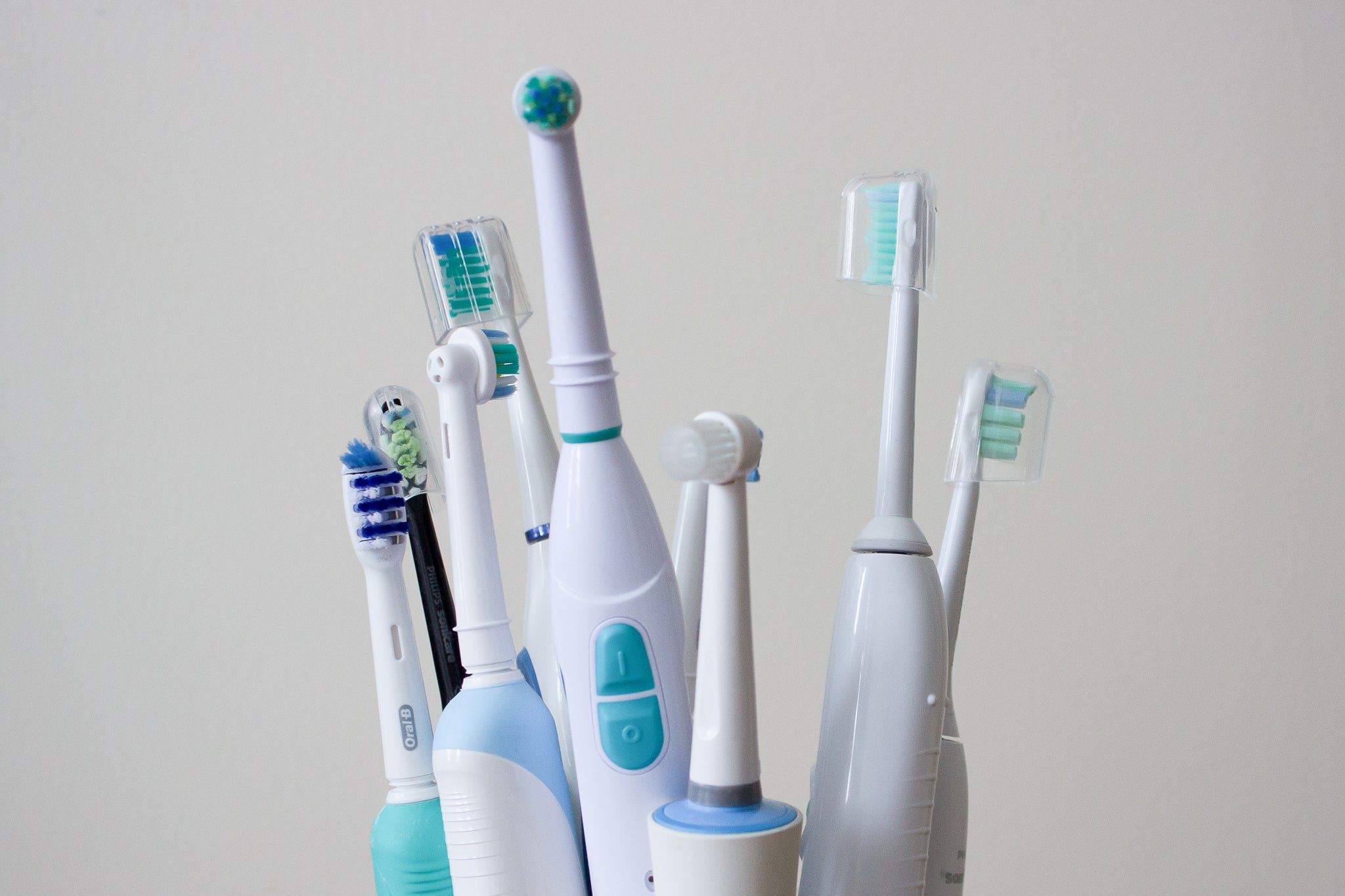
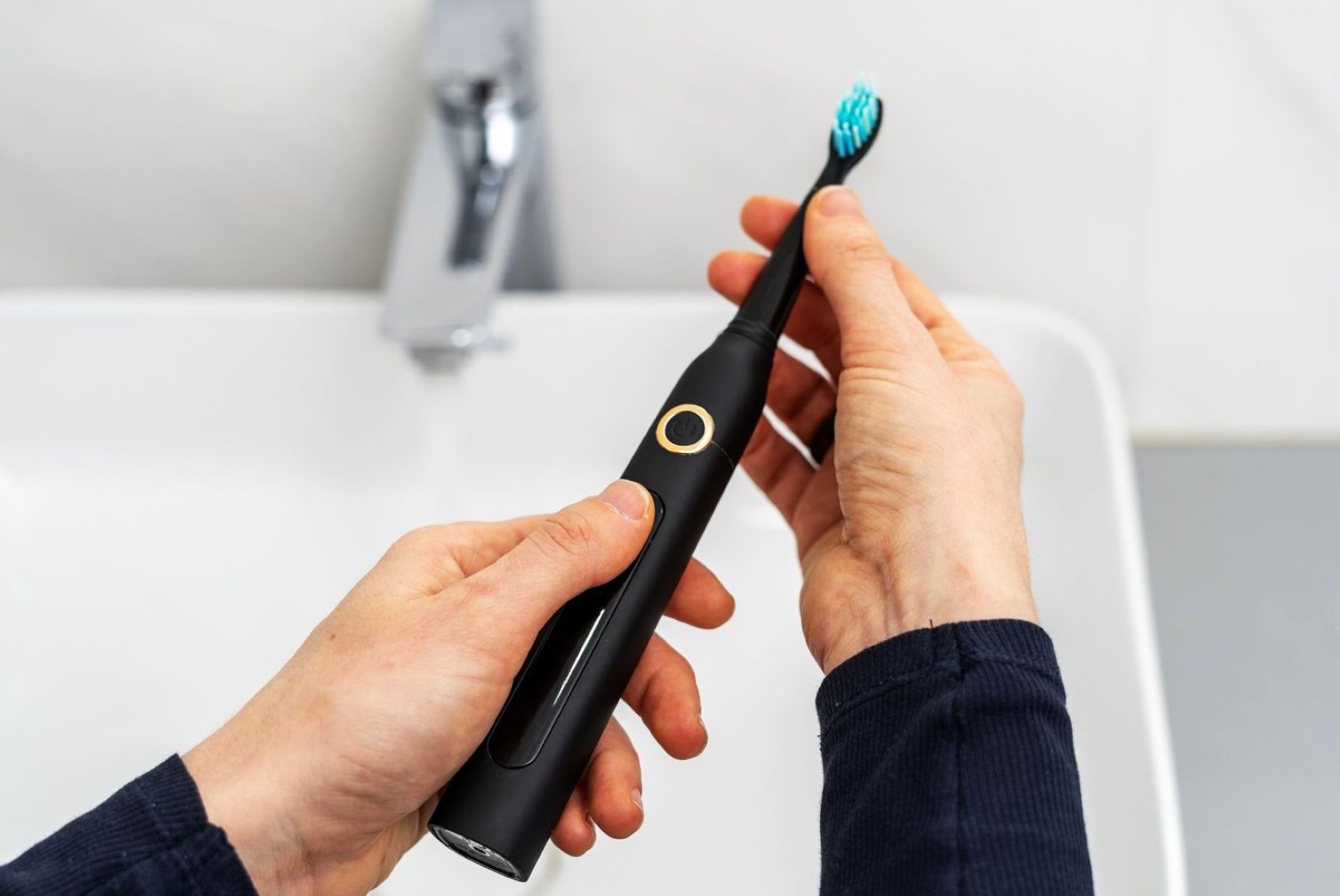
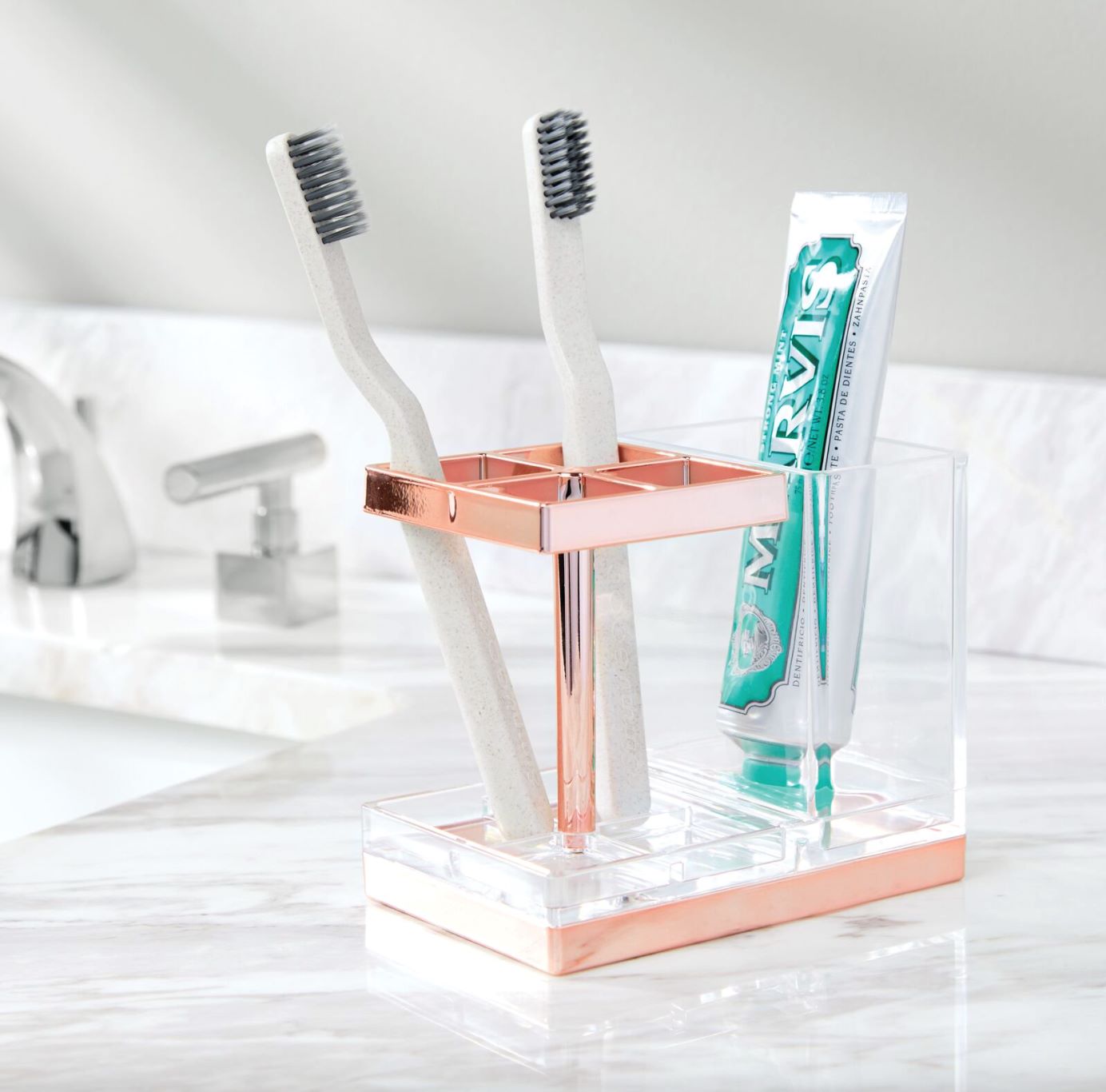
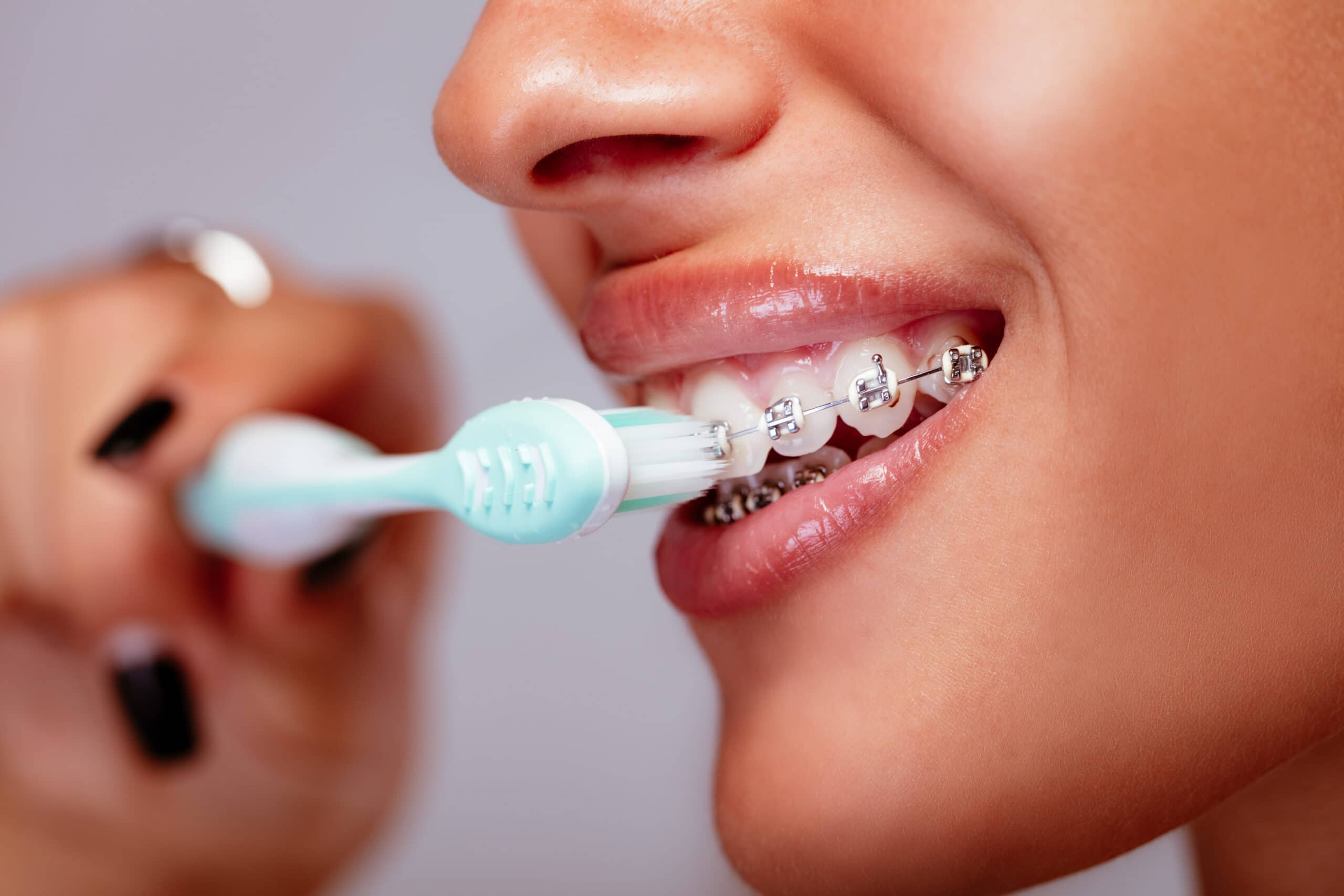
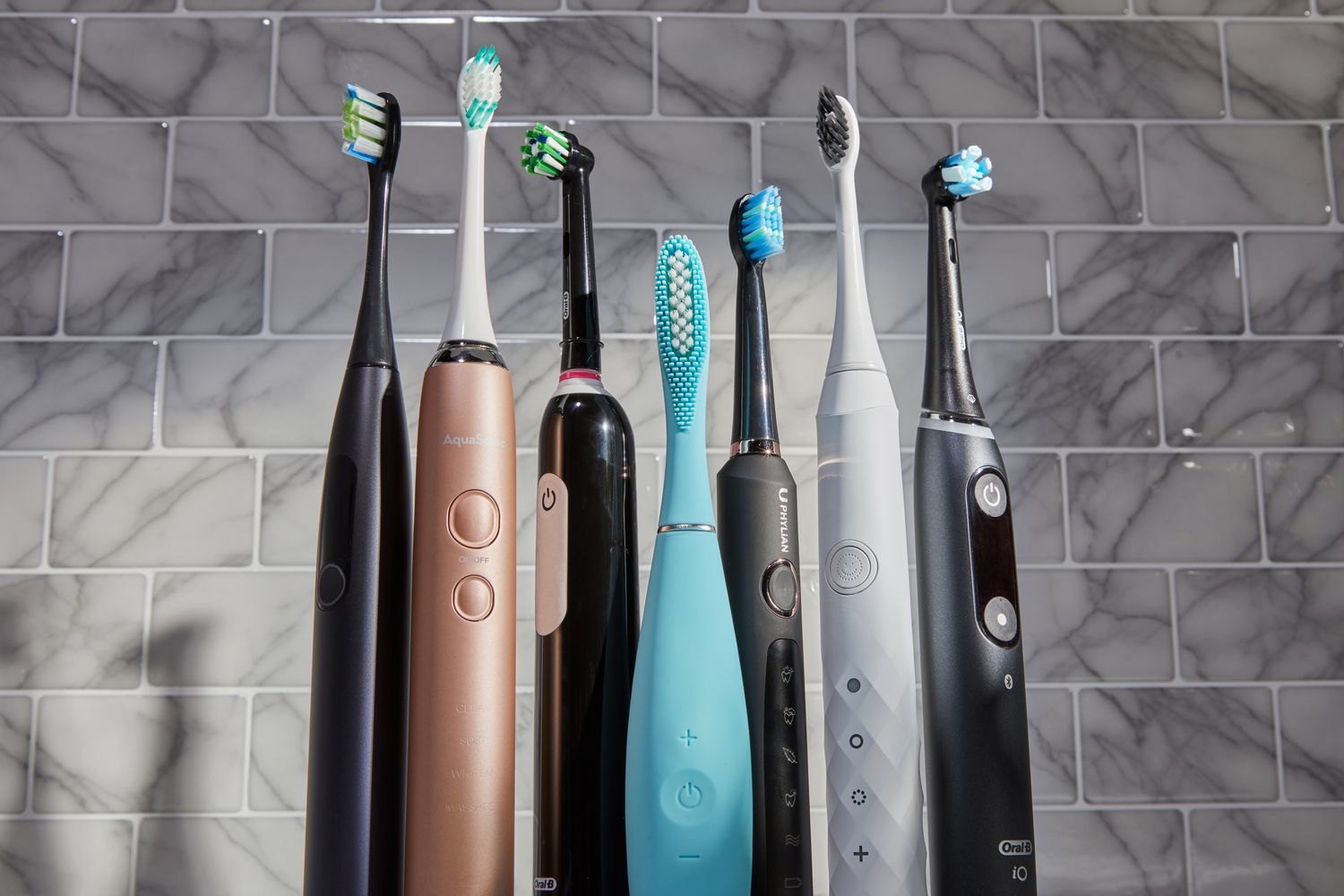

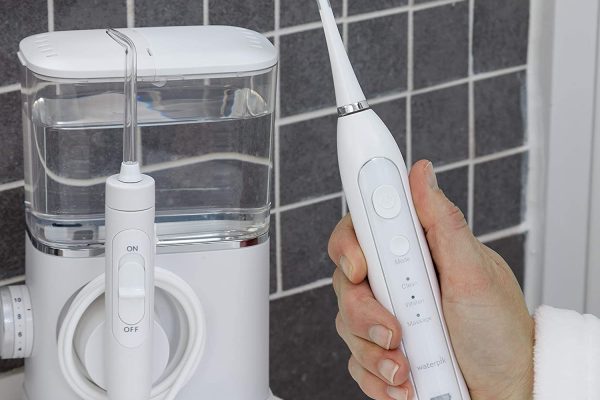
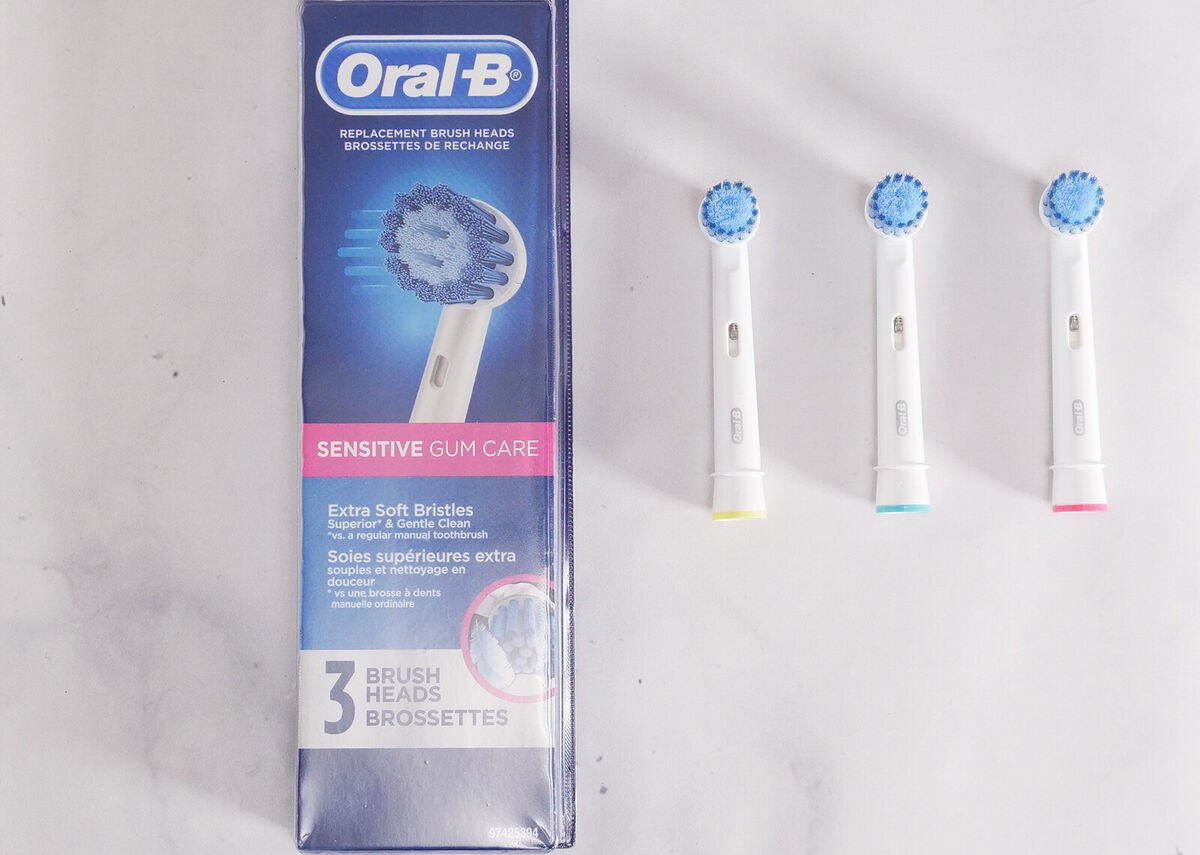

0 thoughts on “What Is The Best Toothbrush For Gum Disease”